

At the Academy of Culinary Nutrition, we love our naturally sweetened treats – and there are few things we enjoy more than a healthy dose of chocolatey desserts. Culinary nutrition isn’t just about kale salads or smoothies. When made with quality ingredients, chocolate can be a nutritious addition to your diet. This culinary nutrition chocolate guide breaks down the different chocolate ingredients you’ll find at the grocery store, and what you can do with a whole cocoa bean.
Chocolate has a number of beneficial properties. It contains:
You will mainly find the following types of chocolate.
Milk Chocolate: Has a lower amount of cacao or cocoa, and a higher amount of sugar and dairy
Dark Chocolate: Has a high amount of cacao, usually no dairy (but check labels) and lower amount of sugar; dark chocolate is rich in a type of flavonoid called flavanols or flavan-3-ols that are responsible for its stronger, more bitter flavour
White Chocolate: A mix of cocoa butter, milk and sugar – it’s not technically considered chocolate because it doesn’t include cocoa powder
As the Culinary Nutrition Expert Program is completely dairy-free, we eschew milk and white chocolate due to the dairy (and also the refined white sugar). Dark chocolate is our go-to, both for the nutritional value and the taste. We find the flavour of dark chocolate is more, for lack of a better word, chocolatey, than the other varieties where the primary taste is sweetness.
Chocolate is made from the cacao bean, which is the seed from the cacao pod that grows on trees. Yep, chocolate grows on trees. Then the beans are processed in a number of different ways, resulting in several different cacao products.
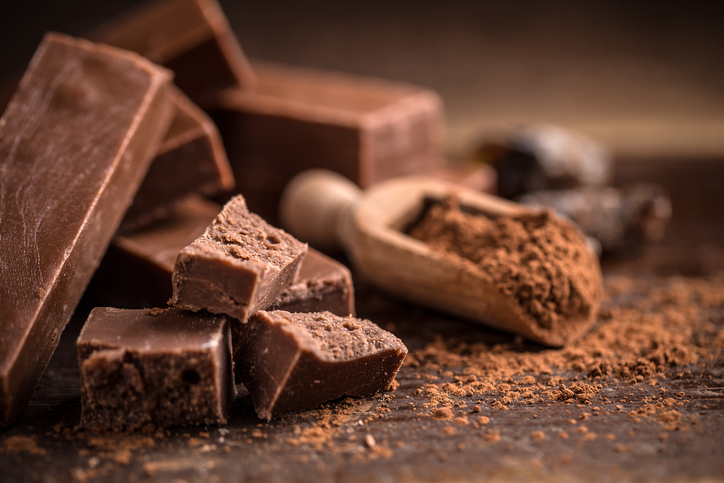 After growers remove the seeds from the cacao pods, the seeds are fermented and dried before the fat is separated, and the rest is ground into cacao powder. This is typically the way a lot of us tend to use chocolate in our desserts, baking and cooking.
After growers remove the seeds from the cacao pods, the seeds are fermented and dried before the fat is separated, and the rest is ground into cacao powder. This is typically the way a lot of us tend to use chocolate in our desserts, baking and cooking.
How to Use It: In chocolate desserts, dairy-free ice cream, smoothies, gluten-free granola, hot chocolate elixirs, pudding, chili and mole sauce
Recipe to Try: Chocolate Fudge + Face Mask by Meghan Telpner (*ACN Founder + Director)
Raw cacao powder is typically dried and not roasted, while cocoa powder is from beans that have been roasted. You’ll also find dutch processed cocoa powder, which has been processed with an alkali to make it milder in flavour and less acidic. Unfortunately, this process also strips away many of the nutrients.
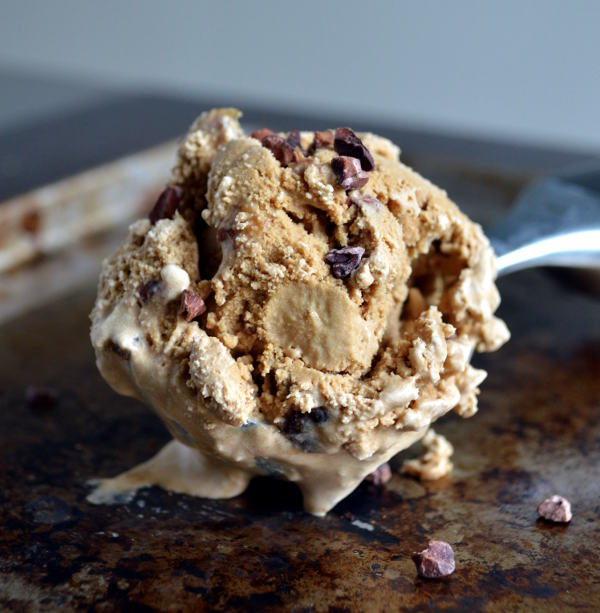 Cacao nibs are simply crushed cacao beans.
Cacao nibs are simply crushed cacao beans.
How to Use Them: They are basically all-natural chocolate chips! Use them in any recipe that calls for chocolate chips – you can swap cacao nibs for chocolate chips 1:1. They’re great for gluten-free baking and Paleo baking, smoothie bowls, rolling truffles and other raw bites, and more.
Recipe to Try: As pictured above Coffee Caramel Crunch Ice Cream by Sondi Bruner (*ACN Head Program Coach)
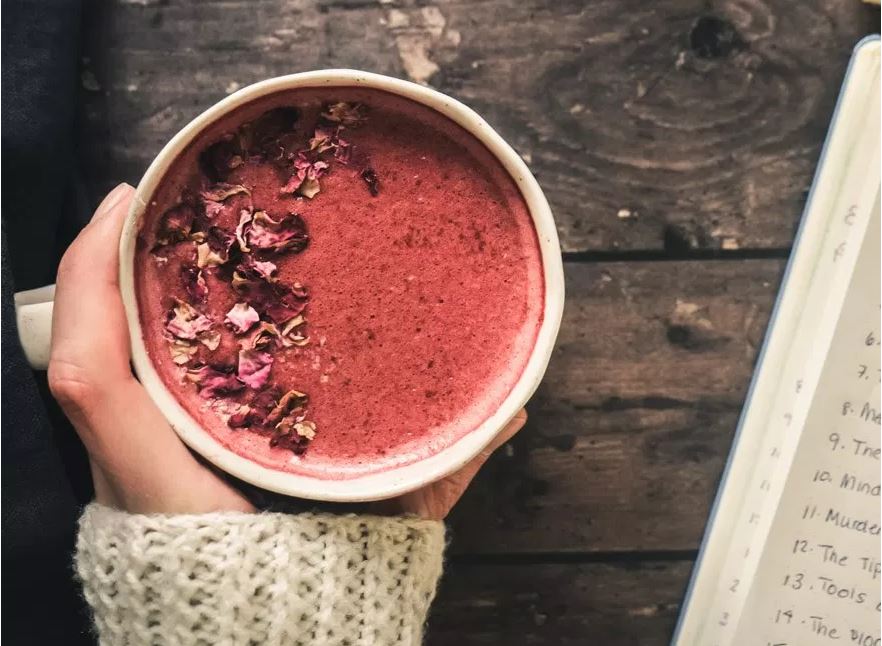 Cacao butter is the fat extracted from the cocoa bean. It’s pale, a whitish-yellow, and has a very pleasant aroma.
Cacao butter is the fat extracted from the cocoa bean. It’s pale, a whitish-yellow, and has a very pleasant aroma.
How to Use It: Cacao butter is wonderful in homemade chocolate, raw desserts, dairy-free elixirs, and baking. It’s also commonly used in beauty care recipes as it’s wonderfully moisturizing to our skin, like in this homemade skin salve.
Recipe to Try: As pictured above Chocolate Beet Latte by Sweet Lizzy (*Culinary Nutrition Expert)
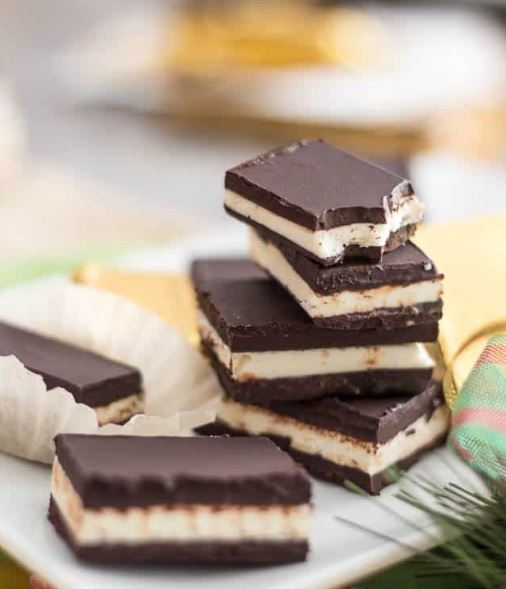 Cacao paste is made from cocoa beans that have been ground into a liquid, and then it re-solidifies at room temperature.
Cacao paste is made from cocoa beans that have been ground into a liquid, and then it re-solidifies at room temperature.
How to Use It: This can be hard to find, but if you get your hands on it cacao paste is lovely in homemade chocolates, fudge, chocolate sauce and elixirs.
Recipe to Try: As pictured above Paleo Dark Chocolate Mint Thins by The Healthy Foodie
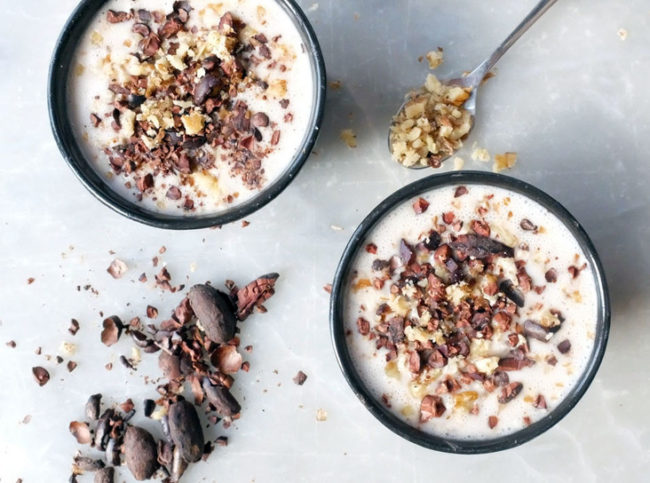 How to Use Them: Yes, you can eat the whole cacao beans on their own! They are crunchy, bitter and delicious. You can eat them on their own, dip them in chocolate or cinnamon, or crumble them for a crunchy topping on dairy-free yogurt, granola or smoothie bowls
How to Use Them: Yes, you can eat the whole cacao beans on their own! They are crunchy, bitter and delicious. You can eat them on their own, dip them in chocolate or cinnamon, or crumble them for a crunchy topping on dairy-free yogurt, granola or smoothie bowls
Recipe to Try: As pictured above Energy-Boosting Smoothie with Cocoa Beans by Bread + Olives
With all of the deliciousness to choose from, there are many ways that you can incorporate the benefits of chocolate into your culinary creations. Start experimenting!
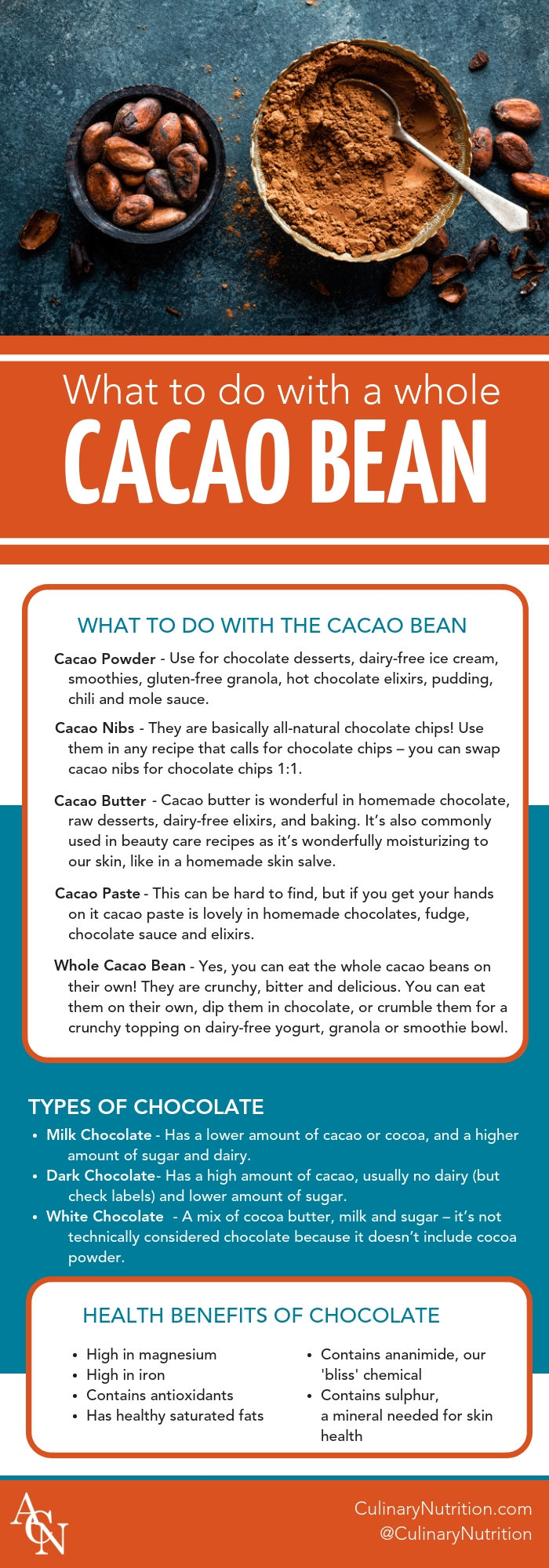
The post Culinary Nutrition Chocolate Guide: What To Do With a Whole Cocoa Bean appeared first on Meghan Telpner.